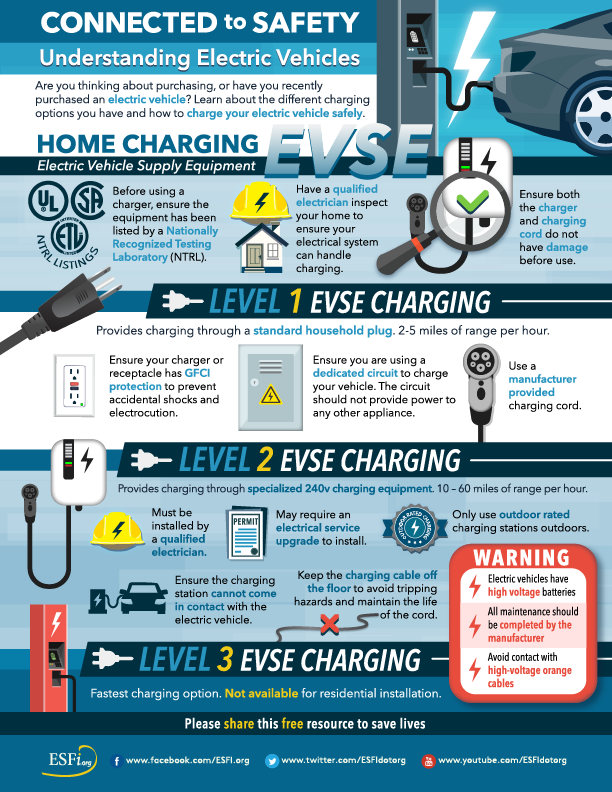
EV Inferno: ‘Unprecedented’ Apartment Fire Raises Concerns Over Electric Vehicle Safety
In a groundbreaking incident that has sent shockwaves through the electric vehicle (EV) industry, a towering inferno at an apartment building in California has heightened concerns over the safety of EVs. The fire, which erupted on June 28th, 2023, incinerated dozens of vehicles, leaving residents homeless and sparking a national debate about the potential risks associated with the burgeoning technology.
The Devastating Consequences
The fire at the Telegraph Apartments in Berkeley, California, was unprecedented in its scale and ferocity. Fueled by a Tesla Model S that spontaneously ignited in an underground parking garage, the flames rapidly spread throughout the structure, engulfing and destroying at least 30 vehicles, including several other EVs. The intense heat shattered windows, melted siding, and forced over 100 residents to evacuate their homes.
Fortunately, no lives were lost in the inferno, but the material damage and emotional trauma inflicted were substantial. Residents who had once felt secure in their homes were now left displaced and facing an uncertain future. The fire also cast a dark shadow over the EV industry, raising questions about the reliability and safety of these vehicles.
The Battery Safety Dilemma
The root cause of the Berkeley fire remains under investigation, but experts point to the inherent challenges of EV battery technology as a potential culprit. EV batteries, which power the vehicles’ electric motors, store immense amounts of energy in a compact space. While this design offers exceptional efficiency and performance, it also poses potential safety risks.
Under certain conditions, such as extreme heat or physical damage, EV batteries can overheat and ignite. Thermal runaway, as it is known, is a self-sustaining process that can rapidly escalate, leading to catastrophic fires. While all batteries are susceptible to thermal runaway, lithium-ion batteries, the type commonly used in EVs, are particularly vulnerable.
The Berkeley fire is not an isolated incident. In recent years, there have been several other high-profile EV battery fires, including one in Shanghai that killed a firefighter and another in Norway that destroyed multiple vehicles.
Industry Response and Regulation
The EV industry has been quick to respond to the growing safety concerns. Tesla, the world’s leading EV manufacturer, has announced a software update that will limit the charging rate of its vehicles to reduce the risk of overheating. Other manufacturers are also implementing similar measures.
Regulatory bodies are also taking action. The National Highway Traffic Safety Administration (NHTSA) has launched an investigation into the Berkeley fire and is considering new regulations for EV battery safety. In Europe, the European Union has proposed a set of strict new safety standards for all EVs sold in the region.
Despite these efforts, some experts argue that more needs to be done to ensure the safety of EVs. They call for stricter testing protocols, improved battery design, and enhanced fire suppression systems in vehicles and charging stations.
Public Perception and Consumer Confidence
The Berkeley fire has had a significant impact on public perception of EVs. A recent survey found that nearly half of Americans are now concerned about the safety of EVs. This has led to a decline in consumer confidence and a slowdown in EV sales in some markets.
The EV industry is facing a critical challenge in rebuilding consumer trust. This will require transparency, accountability, and a sustained commitment to safety.Manufacturers must invest in research and development to improve battery technology and mitigate the risks of thermal runaway. Regulatory bodies must implement rigorous safety standards and enforce them diligently.
Overcoming these challenges is essential for the long-term success of the EV industry. EVs offer significant environmental and economic benefits, but they can only fulfill their potential if consumers are confident in their safety.
Conclusion and Reflection
The EV inferno at the Telegraph Apartments in Berkeley has been a wake-up call for the EV industry and policymakers. It has exposed the potential safety risks associated with EV battery technology and has raised legitimate concerns among the public. While the industry has begun to take steps to address these concerns, more needs to be done to ensure the safety of EVs and rebuild consumer confidence.
The broader implications of this incident extend beyond the EV industry. It highlights the importance of balancing technological innovation with safety considerations. As other technologies emerge and disrupt traditional industries, we must remain vigilant in assessing their risks and taking appropriate measures to protect the public. The Berkeley fire serves as a reminder that even the most advanced technologies can have unintended consequences, and that safety must always be a top priority.


